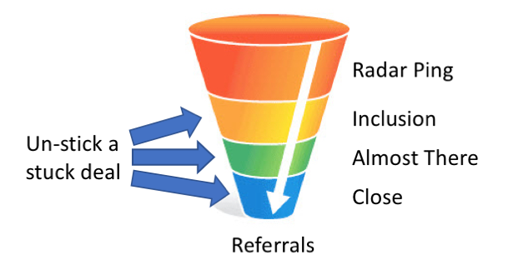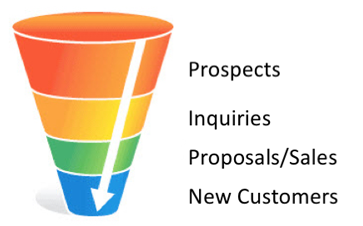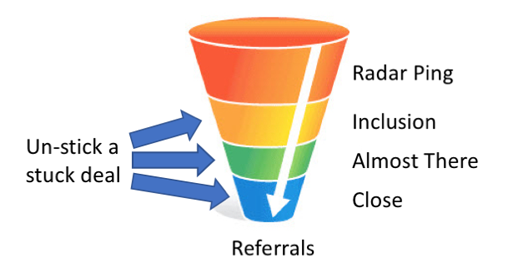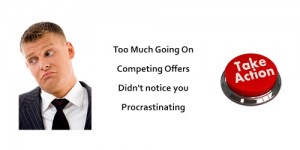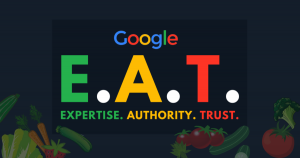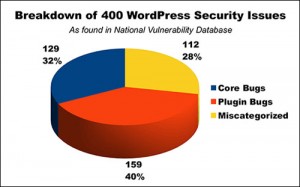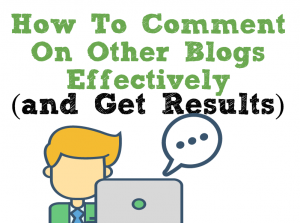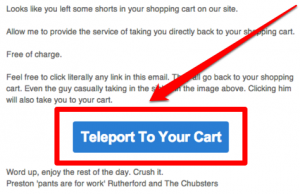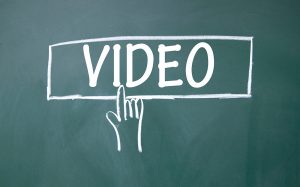— November 2, 2017
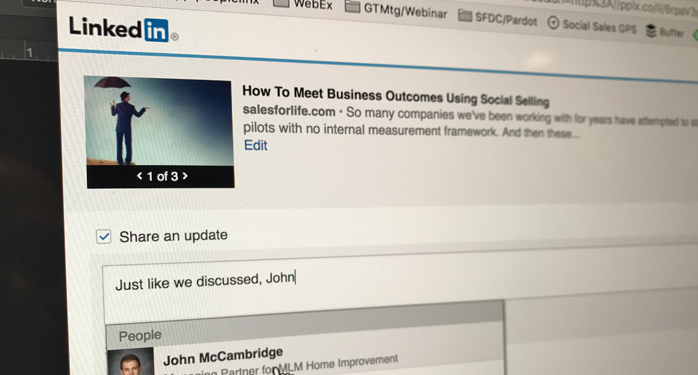
If you’re in sales, you likely know what the typical sales funnel is and looks like. For those who don’t, it refers to the buying process that salespeople and companies lead prospects through when those people are buying products or services.
Typically, a sales funnel is divided into several segments, and prospects go through the funnel as you’re taking them through to the close. (Or they fall out of the funnel for a variety of reasons). Here’s an example of a very generic funnel that gives a good idea of its function:
We can use the same concept of the sales funnel in social selling, but for a different purpose: to leverage content and engagement with prospects, so you can get them to the close faster and more efficiently.
Here’s what I call the Engagement Funnel:
Each step here refers to the quantity and depth of your social engagement. There are two key factors in play here; the first is listening. A lot of what you’ll be doing in this funnel depends on what your contacts at the companies you’re trying to get into are saying in social. So you’ll need to “listen” to what they say through their social channels. Because they’re being social, though, this job is easier than you think.
The other factor is adding value. As a social selling trainer and coach, I always emphasize that you should add value and show the value you bring to potential clients in everything you do. Same goes here. When you engage with your prospects, always provide value. Well, almost always; you can’t really do that in the first step below, but you’ll have chances to do so in the rest of them.
The Engagement Funnel
So let’s get to the steps. I’m assuming at this point you’ve had the first meeting with a prospect, and that it went well enough for them to enter this funnel. I’m also assuming you’re already a first-degree connection with them on LinkedIn, and that you’re following them on Twitter.
Radar ping. Start getting on their radar. The easiest way to do this is to “like” a share or a tweet of theirs. Depending on your sales cycle, you’ll want to do this maybe once or twice a week each on LinkedIn and Twitter. As you like each share/tweet of theirs, they’ll be informed that you’ve taken that action. I call this “pinging on their radar.” You want to be either at or near top-of-mind with them, especially if you’re in a competitive bidding situation.
Inclusion. CEB says that on average, 6.8 people are typically involved in the B2B purchase process. Why not ping on the radar of this group in your prospect companies as well? You can easily start building relationships with these people by following them on Twitter and LinkedIn, and then start liking their content as well. While following people on Twitter is easy, it takes a couple of steps to do so on LinkedIn:
- Go to their Profile.
- At the top, find the ellipsis (…) icon that’s just to the right of the two buttons, where the first one says “Connect.”
- Click on the icon.
- Click on “Follow.”
After following and liking the shares of other members of this 6.8 on LinkedIn, you might want to ask to connect with them. I wouldn’t start out by directly asking them to connect, though.
Almost there. After you’ve had more conversations with your primary contact and others in that 6.8 group, it’s time to step things up a bit by commenting on and sharing their content. Here is where you really start to build value by your comments and shares, in one of three ways:
- Calling out or highlighting an important point in the article
- Summarizing the main takeaway(s) of the piece
- Asking a question about the article, especially in the context of subjects you’ve been discussing with your contact(s).
By adding value, you not only show that you care about what they think and share, but you’re also building yourself as an expert in your field. This can be especially important if you’re in a competitive bidding situation.
Close. Keep engaging, but do a bit more. Maybe a LinkedIn like on Monday, then a Twitter heart-click on Wednesday, then a comment or share on LinkedIn on Thursday. Mix it up with likes, comments and shares/re-tweets, and mix it up among Twitter and LinkedIn, but step it up just a little. I urge you, though, to take the next two paragraphs to heart.
Always Be Engaging, but Never Be Stalking
Before I get to the final stage, I want you to keep one other idea in mind as a “never do” kind of thing. It’s easy to fall into the trap of liking, commenting and/or sharing every single thing a prospect does in social. Along those same lines, it’s very painless to like, comment and/or share many times. When you do either one (or both!), though, it’ll likely become painful to your bottom line.
In short, you don’t want to be a stalker. Do you do business with people who are watching your every move, waiting to pounce on any action you take in social? Didn’t think so. You shouldn’t do to others what you don’t like being done to you. There’s no quicker way to sink a deal than to get all stalker-y on someone.
And now, the final stage: Referrals. Once you’ve closed the deal, your contact(s) at your new client company should be stark raving fans of yours. Now’s the perfect time to dig into their LinkedIn connections and see to whom you’d like to get introduced (second-degree connections). Come up with three to five people. Then… ask your contact(s) for referrals. If you don’t ask, you’ll never get one.
You can also use some of the strategies behind the Engagement Funnel to unstick a stuck deal. First off, keep in mind that when a deal gets stuck, there are a wide variety of reasons for it. Many of the causes don’t have anything to do with you or your company and are in fact internal to your client’s situation (whatever that is).
With that in mind, you want to start pinging on your primary contact’s radar again, by doing some simple liking on LinkedIn or Twitter. Sometimes this is enough to get your deal back to the front of their minds again. If that doesn’t work, make a value-added comment or two on some content they’ve shared. At this point, you may also want to start liking a share or two some of your other contacts at the prospect company have made; that can get the ball rolling internally again, especially if the deal is stuck because of factors that are beyond the reach of your primary contact.
Here’s hoping that your effective use of the Engagement Funnel helps you to close more deals in a faster and more efficient way.
This article originally appeared at LinkedIn.
Digital & Social Articles on Business 2 Community
(72)
Report Post